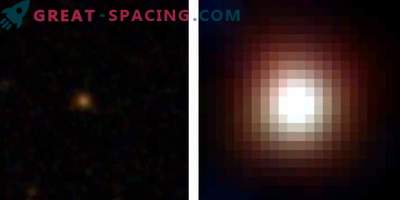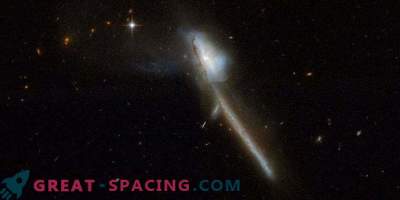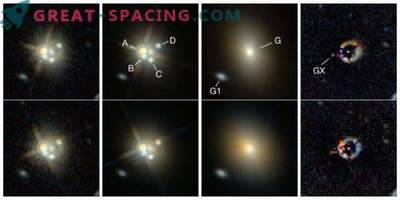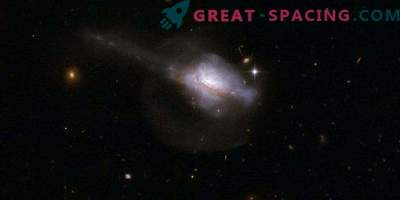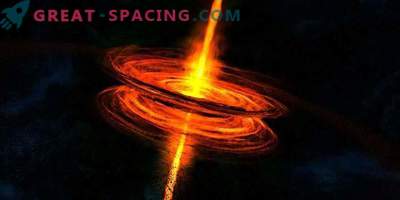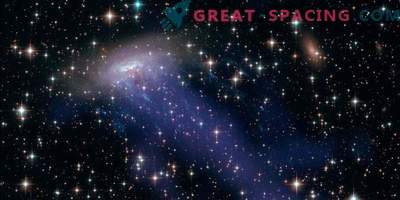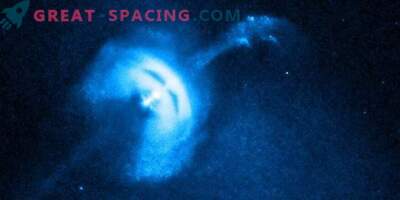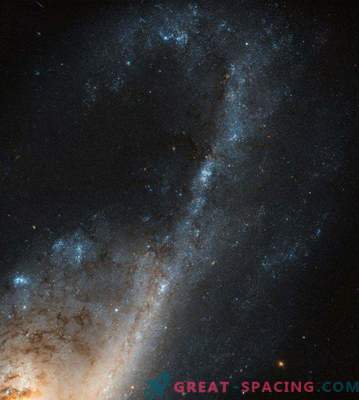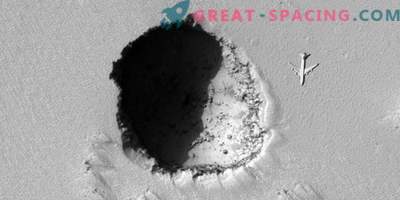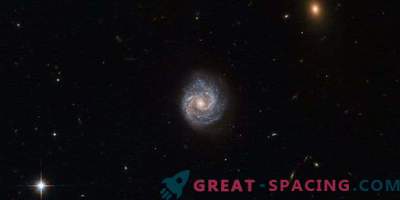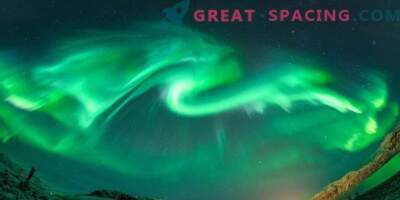
Japanese astronomers have managed to find a new ultra-bright infrared galaxy (ULIRG) in the program to search for bright galaxies in the far infrared range. The found object, named AKARI-FIS-V2 J0916248 + 073034, showed a strong outflow of ionized gas.
When the infrared brightness of more than 1 trillion. solar and star birth rates of 100-1000 solar masses per year, ULIRG are considered the most active in the process of star formation in the local Universe. Therefore, the discovery of such new galaxies will allow a better understanding of stellar birth and evolution.
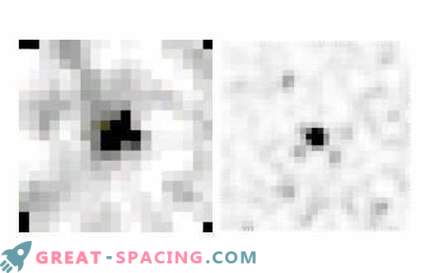
AKARI S 90-μm and Very Large Telescope displays AKARI-FIS-V2 J0916248 + 073034
Researchers from Tohoku University create a sample of ULIRG with intermediate redshifts (0.5-1.0). To do this, we performed an optical observation program for far-infrared sources in the AKARI catalog using optical data from the Sloan Digital Sky Survey.
As a result, the team managed to open a new ULIRG with a redshift of 0.5, which was named AKARI-FIS-V2 J0916248 + 073034 (J0916a). According to the total IR luminosity reaches 6.13 trillion. solar, and the rate of star birth is 1000 solar masses per year. Calculations showed that the stellar mass of the galaxy is 94.6 billion solar. In addition, J0916a shows signs of extreme outflow in emission line profiles. It turned out that the potential lines with high and low ionization exhibit large velocity dispersions and shifts relative to the absorption lines of stars. Most likely, the outflow extends to a radius of about 13,000 light years, which means we have one of the most powerful outflows in the ULIRG and quasars with redshifts of 0.3–1.6.
All the data indicate that the galactic stellar region has not yet come under the serious influence of the outflow. Scientists will continue to monitor J0916a to determine the properties and origin of the outflow. For this, spectroscopic surveys with higher spatial and spectral resolution will be connected to calculate the electron density in the outgoing gas.

